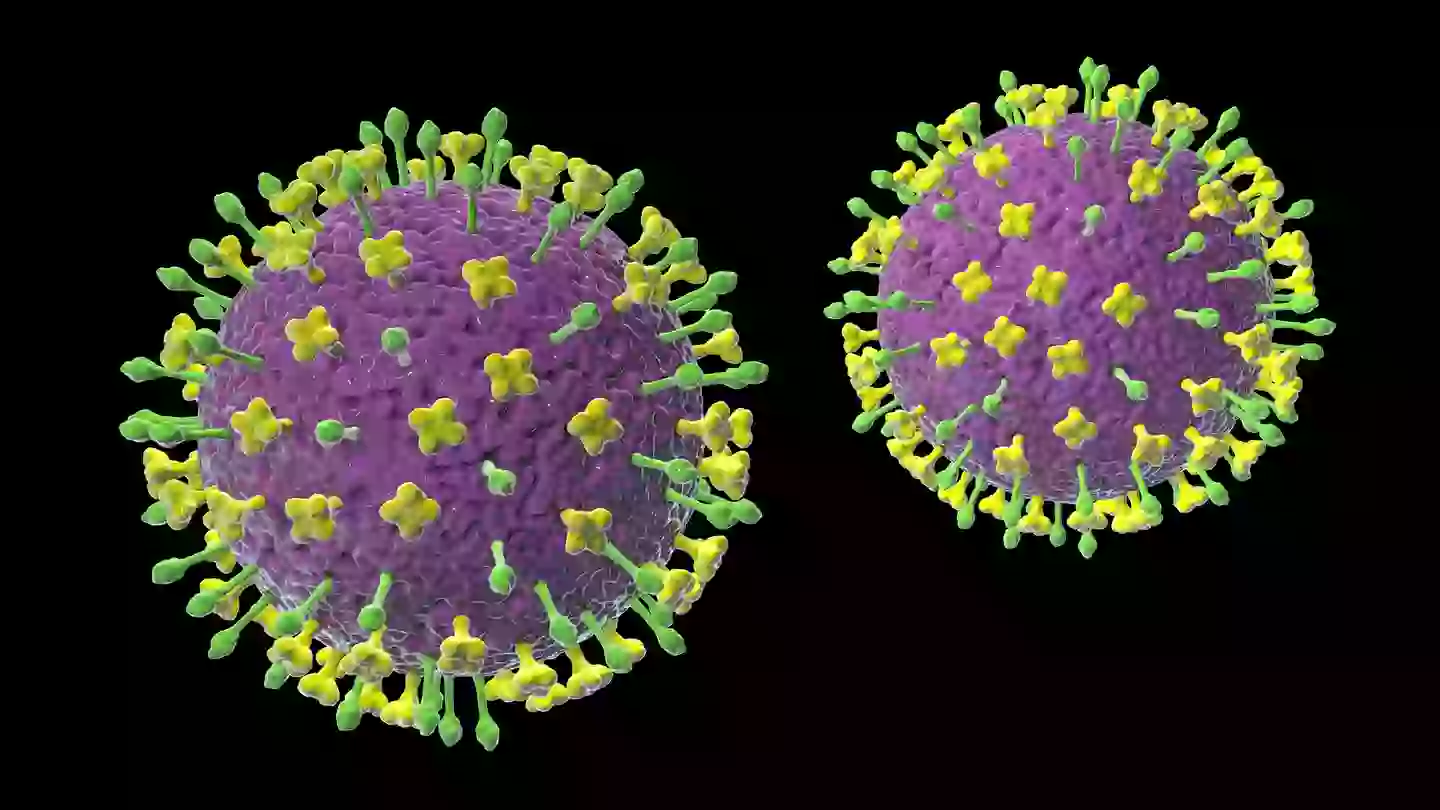Experts who predicted covid say new virus appearing in US could threaten ‘all of mankind’
One new virus that has cropped up in parts of America could ‘threaten all mankind’ according to experts who predicted the rise of COVID-19, as its related to another virus with a 70% mortality rate in humans.
After the nightmare everyone suffered during the COVID-19 pandemic the last thing anybody wants is to be thrown into the chaos once again, yet the rise of a virus in parts of the US does have some scientists and experts worried.
Earlier in the year similar fears resurfaced surrounding the rise in HMPV cases, as while the bug has been known about for a while, an increase in patients suffering from the virus caused concern in some parts of the world, as the symptoms were similar to that of COVID.
A close relative of the Nipah and Hendra viruses has been detected in parts of North America though, particularly within shrews in Alabama, and those aforementioned viruses are extremely deadly when contracted in humans.

The Camp Hill virus was first spotted within the organs of shrews (DeAgostini/Getty Images)
It’s indicated that they have death rate of around 70%, with symptoms such as a fever, muscle pain, and vomiting alongside more extreme side effects like severe respiratory distress, seizures, and acute encephalitis.
The new discovery has been named the ‘Camp Hill virus’, and was spotted after the frozen organs of shrews captured in 2021 were studied by scientists. It remains a significant discovery as it’s the first time a henipavirus has been discovered in the US, and has raised concerns that similar types could be more common than previously thought.
While it could potentially spread to humans through direct contact with infected animals, Rhys Parry, the lead author of the study that uncovered the Camp Hill virus, has indicated that we shouldn’t jump to conclusions, as reported by Live Science.
“There is no evidence to suggest that the provisionally named Camp Hill virus has infected humans, and the likelihood of it doing so remains unknown but is likely low,” outlined Parry.

The main study advises against a panic, despite the high mortality rate of its relatives like the Nipah virus (Kateryna Kon/Science Photo Library via Getty Images)
As per SurreyLive, that hasn’t stopped leading voices in the field from expressing their own concerns though, as Dr David Dyjack, a specialist from the National Environment Health Association argues:
“What concerns us in public health is that we have this virus with a very high mortality rate, and if it were to mutate and transmit to a human, and attack the kidneys, as we’ve seen in some animals, that could be particularly threatening to all of mankind.”
Dyjack added: “For something like this, if it’s airborne, that causes me great distress as a public health professional.”
Hopefully the Camp Hill virus won’t be even a fraction of how dangerous COVID was for humans, but it’s understandable why many within the field of public health want to get ahead of the curve and act with more caution than perhaps is warranted.
Featured Image Credit: Justin Paget / Getty

Staying on top of HMPV is crucial at a time when the virus is at it’s most dangerous, so understanding the symptoms – specially how they differ from the flu – are essential in order to combat the outbreak.
While it’s hard not to immediately worry that another global pandemic and subsequent lockdown is on the way, thanks to everything we know about human metapneumovirus – otherwise known as HMPV – it’s not likely to cause any major widespread issues.
Doctors have been aware of the virus since 2001, and most people catch it before the age of 5 and continue to encounter it throughout their life, but it’s had a bit of a boost this year particularly due to reports in China that many are calling an outbreak.

A recent uptick in HMPV cases has many considering the situation to be an outbreak of the virus (Idrees Mohammed/AFP via Getty Images)
One of the most dangerous aspects of HMPV though is how easily it’s mistaken for the flu, as at face value many people can’t distinguish the difference when they have it. However, it does have a number of key differences that you can use to identify the virus and hopefully that’ll help everyone stay safe and healthy in the long run.
What’s the difference between HMPV and the flu?
While HMPV’s main symptoms of coughing, nasal congestion, and shortness of breath might initially sound identical to that of the flu, they’re actually far more similar to – albeit more aggressive than – the common cold.
HMPV targets the upper respiratory areas, and can cause bronchitis and potentially even pneumonia in the most severe cases, but the flu is far more likely to affect the entire body.
“Flu typically causes chills, a fever, headaches, muscle aches, and pains,” explains Processor Ron Eccles, as reported by the Daily Mail, continuing on to outline that “the flu feels worse because the symptoms affect the whole body and are not restricted to the upper airways.”
Make sure to take note as to where you’re experiencing the illness, as if it’s just around your lungs and breathing then you might have HMPV as opposed to the flu.

Coughing is one of the most common symptoms of HMPV, whereas full-body chills is more common with the flu (Andreas Rentz/Getty Images)
Thankfully for most people it’s not something you have to worry about too much, as it’s far less dangerous once you’ve already had it, which as previously stated most already have.
Anyone who is immunocompromised, elderly, or young enough to have not caught it yet should exercise caution though, as it can be far more dangerous that a common cold, despite sharing many of the same symptoms.
Your best bet is to practice extensive hygiene measures – which you’re likely already doing – and ensuring that you’re wearing a mask wherever possible.
Featured Image Credit: pocketlight / Hiraman / Getty

